The ease and comfort from an annoying body pain you’re looking for could just be in the neighborhood. If you’ve seen the following natural creations around, they could truly be useful and beneficial, health-wise and economy-wise.
Indian Aloe

It is short-stemmed with spiny-toothed leaves which are very juicy and succulent. The drooping flowers are yellow in color. In its maturity, an erect stalk grows from the middle which could reach up to a meter. It has an oval-shaped capsule as a fruit. This plant is grown and cultivated for both ornamental and medicinal purposes – with great emphasis on the latter, for it certainly serves well in that category.
Medicinal benefits against:
- irregular menstrual flow
- muscle pains
- parasitic worms
- wounds and cuts
- burns, eczema, falling hair
- eye diseases
- tumors
- spleen enlargement
- liver problems
- spleen enlargement
- liver problems
- asthma
- leprosy
Usable parts: leaves, leaf pulp
Application:
The juice made from the jelly-like pulp that can be extracted from the leaves can be applied externally to treat wounds, burns, cuts, eczema, and falling hair. - The leaf pulp is recommended in cases of improper menstrual flow.
The same can also be used in expelling worms and in treating eye diseases. It can also serve as a laxative and for checking the growth of tumors, spleen enlargement, and liver complaints. The cuticle removed from the leaves can be applied as a suppository in cases of hemorrhoids or piles.
Other Names:
Assamese – Chaikunwari
Bengali – Ghritakumari
Burmese – Shazaung-Let-Pat
French – Aloes
German – Achte Aloe
Gujarati – Kunwar
Hindi, Kannada – Ghikavar
Malalayam – Kattarvazha
Marathi – Korphad
Oriya – Gheekuanri
Punjabi – Ghikuar
Sanskrit – Kumari
Sinhalese – Komarika
Tamil – Kuttilai
Golden Trumpet
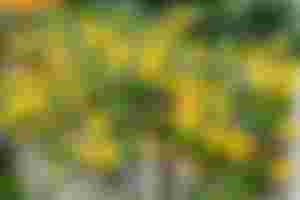
Also known in other names as “Allamanda” and “Yellow Bell,” this visually stunning flower is a hardy climber with bright yellow prominent bell-shaped flowers. The climber is often trained onto trellises, arches or fences in private and public gardens. The smooth and shiny leaves are arranged opposite to each other which only added more natural-geometrical attraction to this already eye-catching botanical creature.
Medicinal Benefits Against:
- colic and acute abdominal pain
- parasitic worms
- poisoning
Usable parts: bark, leaves
Application:
The infusion of the leaves is recommended for treating acute abdominal pains. The same can also be used as a purgative. In decoction, the bark in regulated doses produces a cathartic or hydrogogue effect which means it helps in improper bowel movement.
Other Names:
Bengali – Harkakra
Burmese – Hawlan Pan
French – Jasmin D’ Amarille
German – Aloebaum
Hindi – Kantala
Kannada – Bhuttale
Konkani – Kananangani
Malalayam – Kotaambi
Marathi – Pivlee Ghunti
Telugu – Alienandatheega
Malabar Nut
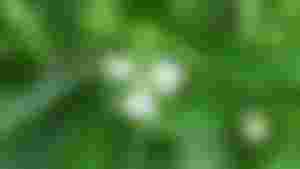
For centuries, it has amassed quite a reputation already of being a great medicinal plant. As a shrub, it is dense in appearance with a yellowish bark that could grow up to a height of 2 meters. Sprouting from its long ascending branches are elongated leaves that are dark green above and paler beneath. In addition to these striking features are white flowers in short spikes.
Medicinal benefits against:
- bronchitis
- early stages of leprosy
- blood impurities
- heart troubles
- asthma
- sore eyes
- gonorrhea
- fever
- vomiting
- memory loss
- early stages of leucoderma and jaundice
- tumors
- mouth diseases
- painful urination
Usable parts: roots, leaves flowers, fruits
Application:
Root and fruit decoction can treat bronchitis, asthma, vomiting, fever and gonorrhea. Leaves decoction promotes better menstrual flow and rheumatism. Flower decoction can purify the blood and improves the circulation thereof. I also diminishes urination pains and jaundice. The combination of leaves and root decoction is very effective against coughs and colds and maybe added to ginger intake.

Dried leaves can be rolled into cigars which can cure asthma juices that can be extracted from the leaves can be used against diarrhea and dysentery and can also be employed to expel worms from the body the flowers can be used for curing severe inflammation of the eyes.
Other Names:
Bengali – Bacas
Burmese – Muh Ya Thee
Gujarati – Aidusu
Hindi – Arusha
Kannada – Adusoge
Konkani – Adioso
Malalayam – Atalotakam
Marathi – Adulsa
Onya – Basongo
Persian – Bansa
Punjabi – Bhekar
Sanskrit – Vasaka
Sinhalese – Agaladara
Tamil – Adadodai
Telugu – Adasaramu
Urdu – Arusa
Mexican Daisy
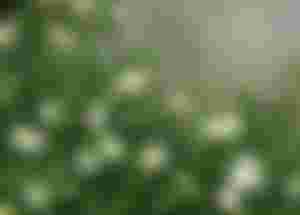
A native vegetal element of South Africa, it is also known as “Tridax.” It is a small, hairy, perennial herb that can be easily seen among the weeds along country roads and wastelands. The leaves are placed opposite to each other and are ovate-elliptic in shape with ample leaf margins.
The pale yellow composite flowers which may be found all year round, are solitary hairy heads found on long stalks. Its means of reproduction is through pollination. The matured and dry seeds, each of which are covered with dense silky hairs are released from the dry flowering heads and dispersed by windy forces to distant places.
Medicinal Benefits
- checking hemorrhage level of wounds
- regulating inflammation of the mucus membrane
- treating dysentery and diarrhea
Usable Parts: The leaves
Application
Crushed leaves can be applied directly into wounds. Infusion of the leaves can be gargled to flush out the thick phlegm of the bronchial tubes.
Other Names:
Hindi – Pardeshi langri
kannada – gabbu sanna savanthi
marathi – saranthi
tamil – vettukkaaya-thalai
telugu – raavanaasuruditalakaai
Musk Mallow
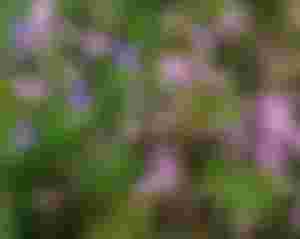
As an annual plant, it belongs to a plant family called Malvaceae, which could grow up to a meter high. Covered with long, stiff, hairs, the leave are polymorphous which means they could be in varying shapes and sizes though a majority of them would be heart-shaped. The flowers are yellow, orange, or red. The fruit is an oblong capsule and is hairy in appearance. It contains many fragrant dark-colored kidney-shaped seeds that have a pleasant taste. They can be easily found in most tropical countries.
Medicinal Benefits:
- curing body itch
- treating skin problems
- dissipating gas from digestive tracts
- curing mouth inflammation
- treating heart diseases
- regulating vomiting
Usable Parts: the seeds
Application:
The infusion of the seeds can be used to cure the internal problems listed in the last 4 ailments listed above. When mixed with milk, the seeds can be made into a paste that can be used to cure itches and common skin problems.
Other Names
Bengali – Mushakdana
Burmese – Baluwa
French – Abelmosc
German – Ambre, Ambrette
Gujarati, Hindi, Persian, Urdu – Mushakdana
Kannada – Kasturi Bende
Konkani – Bendo
Sanskrit – Latakasturika
Sinhalese – Kapukimissa
Tamil – Kasturivendal
Telugu – Karpurabenda
Try them out and get cured. If they have hands and mouths that could communicate and reach out, they could already be trying to get your attention.
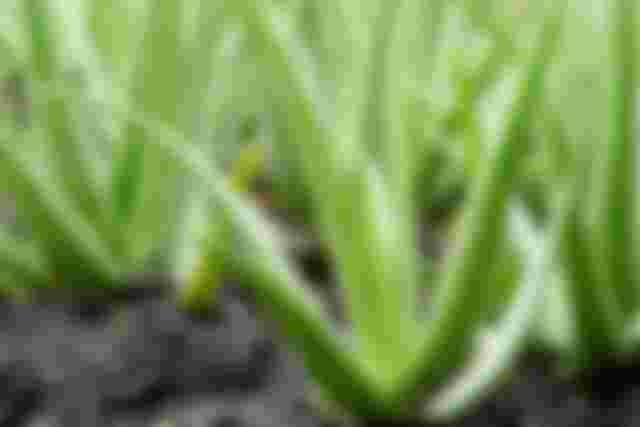
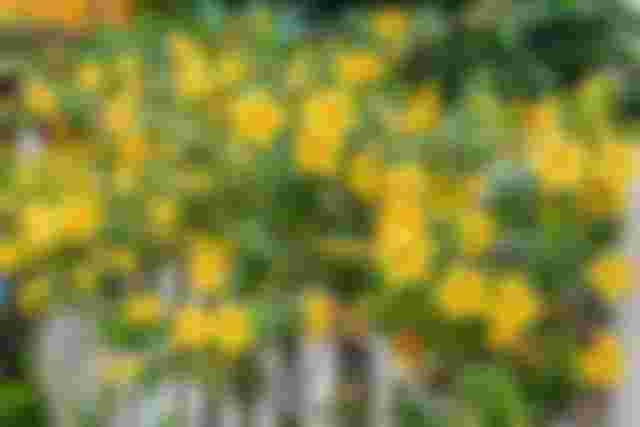
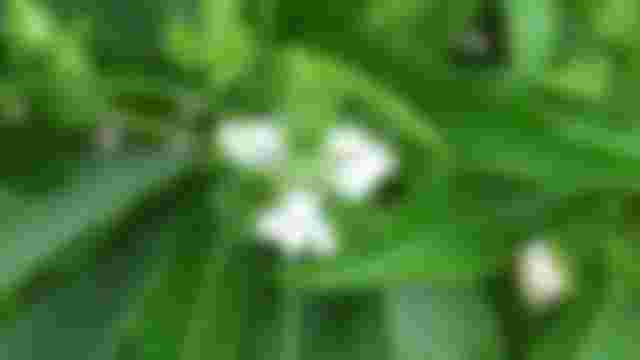
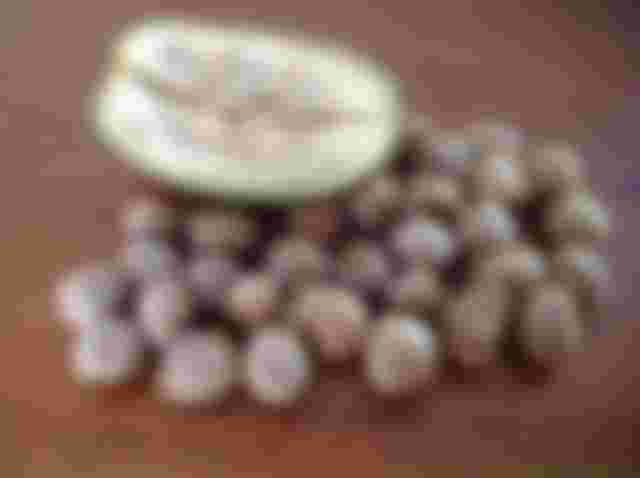


For some plants, to be honest, I hear for the first time. I have aloes in pots, and they are very useful, as you have already written. It is great to know that natural plants can help us in various diseases, and not chemical drugs that can be harmful.